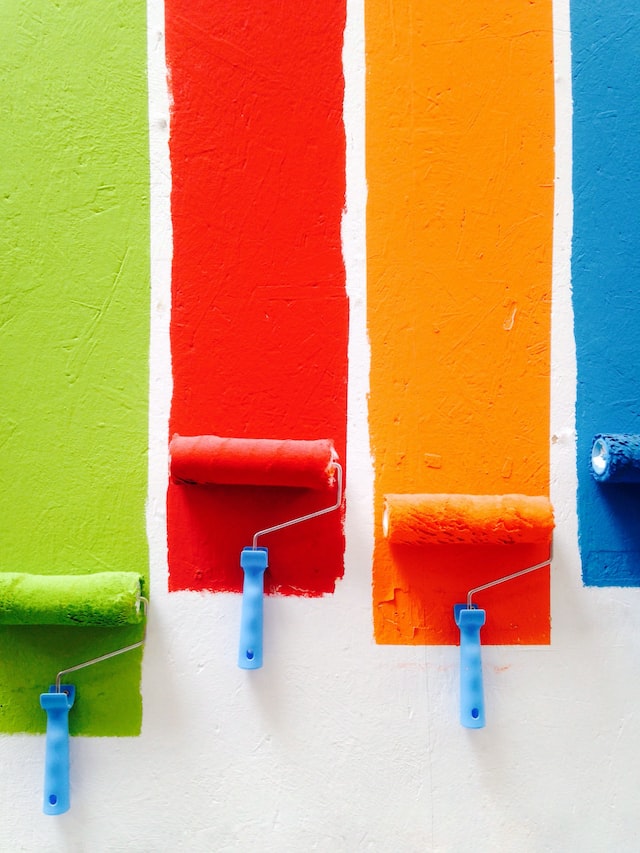
When it comes to symbolism, colors play an important role in conveying ideas and messages. Different cultures around the world attach different meanings and significance to various colors, making them powerful tools for communication.
In this blog post, we’ll explore five powerful hues and the meanings they carry: red, blue, green, yellow and indigo. Read on to learn more about these vibrant shades and how you can use them in your own designs!
Red: Red has many meanings, ranging from strength and power to love and passion. It’s the color of life and the ultimate symbol of energy. Red is often associated with danger, anger, fire and enthusiasm. In Chinese culture, red is a lucky hue that signifies wealth and good fortune.
Blue: Blue speaks to loyalty, trustworthiness and dependability. It’s the color of the ocean, representing depth and stability. In many cultures, blue is a calming color that can be used to create a sense of peace and tranquility.
Green: Green signifies growth, renewal and fertility. It can also represent harmony and balance in nature as well as financial success. In many cultures, green is associated with health and healing.
Yellow: Yellow is often seen as a cheerful color that symbolizes sunshine, joy and creativity. It’s also the color of caution, representing danger and warning signs. Lemon yellow often conveys a lighthearted happiness while deep golden yellows are seen as more luxurious.
Indigo: Indigo is a mysterious hue, often associated with insight and intuition. It’s an intense color that is connected to deeper levels of thought and awareness. Indigo also signifies authority, dignity and respect.
No matter what your design project calls for, these five colors can add meaning and richness to your work. By exploring the deeper meanings behind these hues, you can create powerful visual messages for your audience!







